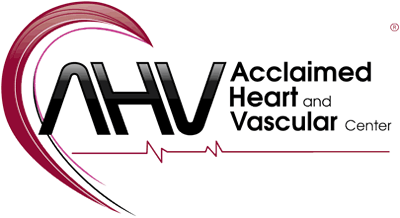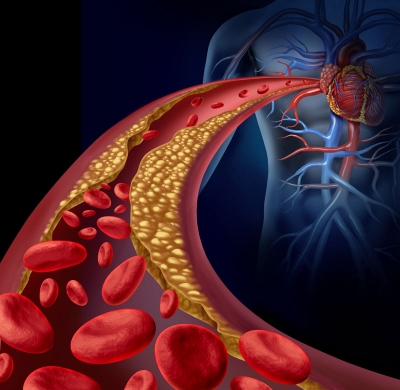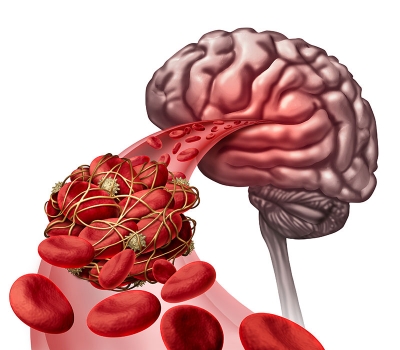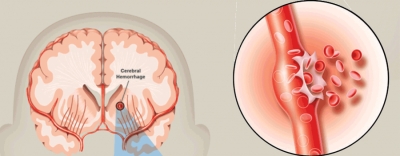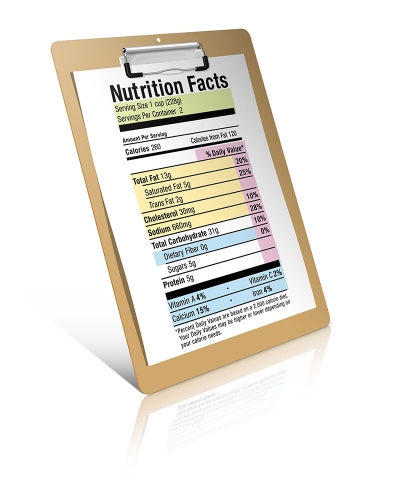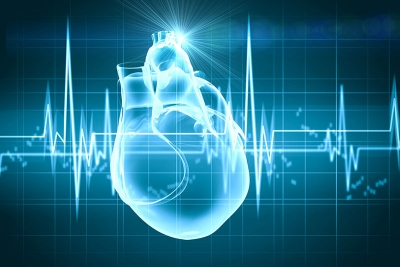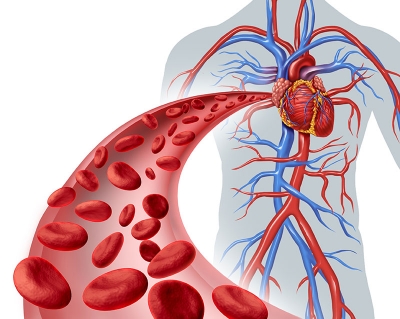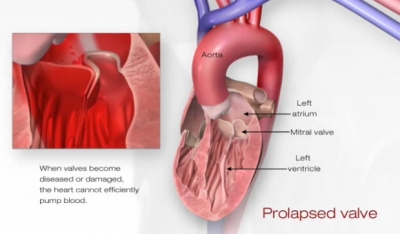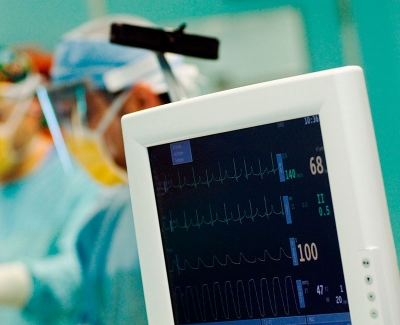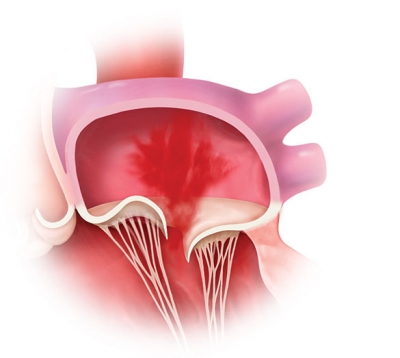Atherosclerosis, or arteriosclerotic vascular disease, is a disease in which plaque builds up inside your arteries. Arteries are blood vessels that carry oxygen-rich blood to your heart and other parts of your body.
Plaque is made up of fat, cholesterol, calcium, and other substances found in the blood. Over time, plaque hardens and narrows your arteries. This limits the flow of oxygen-rich blood to your organs and other parts of your body.
Atherosclerosis can lead to serious problems, including heart attack, stroke, other cardiovascular diseases, or even death.
Ischemic stroke is the most common form of stroke, accounting for around 87% of strokes. This type of stroke is caused by blockages or narrowing of the arteries that provide blood to the brain, resulting in ischemia - severely reduced blood flow.
These blockages are often caused by blood clots, which can form either in the arteries connecting to the brain, or in other blood vessels before being swept through the bloodstream and into narrower arteries within the brain. Clots can be caused by fatty deposits within the arteries called plaque.
Hemorrhagic stroke is caused by arteries in the brain either leaking blood or bursting open. The leaked blood puts pressure on brain cells and damages them. Blood vessels can burst or spill blood in the middle of the brain or near the surface of the brain, sending blood into the space between the brain and the skull.
According to www.stroke.org, Hemorrhagic Strokes account for about 15% of all strokes, but they are responsible for about 40% of all stroke deaths.
Prehypertension is a warning sign that you may get high blood pressure in the future. High blood pressure increases your risk of heart attack, stroke, coronary heart disease, heart failure, and kidney failure. There's no cure for high blood pressure, but there is treatment with diet, lifestyle habits, and medications.
Aortic valve stenosis, or aortic stenosis, occurs when the heart's aortic valve narrows. The aortic valve allows blood to flow from the heart's lower left chamber (ventricle) into the aorta and to the body. This narrowing prevents the valve from opening properly, which obstructs blood flow from your heart into your aorta and onward to the rest of your body.
Cholesterol helps your body build new cells, insulate nerves, and produce hormones. Normally, the liver makes all the cholesterol the body needs. But cholesterol also enters your body from food, such as animal-based foods like milk, eggs, and meat. Too much cholesterol in your body is a risk factor for heart disease.
Your blood cholesterol level has a lot to do with your chances of getting heart disease. High blood cholesterol is one of the major risk factors for heart disease. The higher your blood cholesterol level, the greater your risk for developing heart disease or having a heart attack.
The US National Heart Lung and Blood Institute developed the DASH diet for people with high blood pressure. U.S. News & World Report in January 2017 ranked the DASH diet as the best overall diet for the seventh year in a row.1
Standing for Dietary Approaches to Stop Hypertension, DASH has been specially formulated to help people lower blood pressure. It is a flexible and balanced eating plan based on research studies sponsored by the institute, which says the diet:
- Lowers high blood pressure
- Improves levels of blood lipids (fats in the bloodstream)
- Reduces the risk of developing cardiovascular disease.
A pacemaker is a small device that is inserted in the abdomen or chest area to help control abnormal heart rhythms. It utilizes electrical impulses to help the heart muscle maintain a proper rhythm and heart rate. The primary purpose of a pacemaker is to maintain an adequate heart rate, either because the heart's natural pacemaker is not fast enough, or because there is a block in the heart's electrical conduction system.
Modern pacemakers are externally programmable and allow a cardiologist to select the optimum pacing modes for individual patients. Some combine a pacemaker and defibrillator in a single implantable device.
Carotid artery disease, or carotid artery stenosis, is the narrowing of the carotid arteries. This narrowing is usually caused by the buildup of fatty substances and cholesterol deposits, called plaque.
You have two common carotid arteries, one on each side of your neck. They each divide into internal and external carotid arteries. The internal carotid arteries supply oxygen-rich blood to your brain. The external carotid arteries supply oxygen-rich blood to your face, scalp, and neck.
Carotid artery disease (CAD) is a major cause of stroke in the United States. Over time, plaque hardens and narrows the arteries. This may limit the flow of oxygen-rich blood to your organs and other parts of your body (atherosclerosis).
Mitral valve prolapse (MVP) occurs when one of your heart's valves doesn't work properly. The flaps of the valve are "floppy" and don't close tightly. Most people who have the condition are born with it. It also tends to run in families.
The mitral valve is a valve that lets blood flow from one chamber of the heart, the left atrium, to another called the left ventricle. In mitral valve prolapse, part of the mitral valve slips backward loosely into the chamber called the left atrium. This happens when the main heart muscle, called the left ventricle, squeezes during each heartbeat.
In mitral valve prolapse, the valve slips backward due to the abnormal size of or damage to the mitral valve tissues. For most people with mitral valve prolapse, the cause is unknown.
A heart palpitation is the sensation that your heart has skipped a beat or added an extra beat. It may feel like your heart is racing, pounding, or fluttering. You may become overly aware of your heartbeat. This sensation can also be felt in the neck, throat, or chest. It’s also possible that your heart rhythm can change during the palpitations.
Most heart palpitations are harmless and resolve on their own without treatment. But in rare cases, heart palpitations can indicate a serious condition.
Mitral valve regurgitation — also called mitral regurgitation, mitral insufficiency or mitral incompetence — is a condition in which your heart's mitral valve doesn't close tightly, allowing blood to flow backward in your heart. Thus, blood can't move through your heart or to the rest of your body as efficiently, making you feel tired or out of breath.
